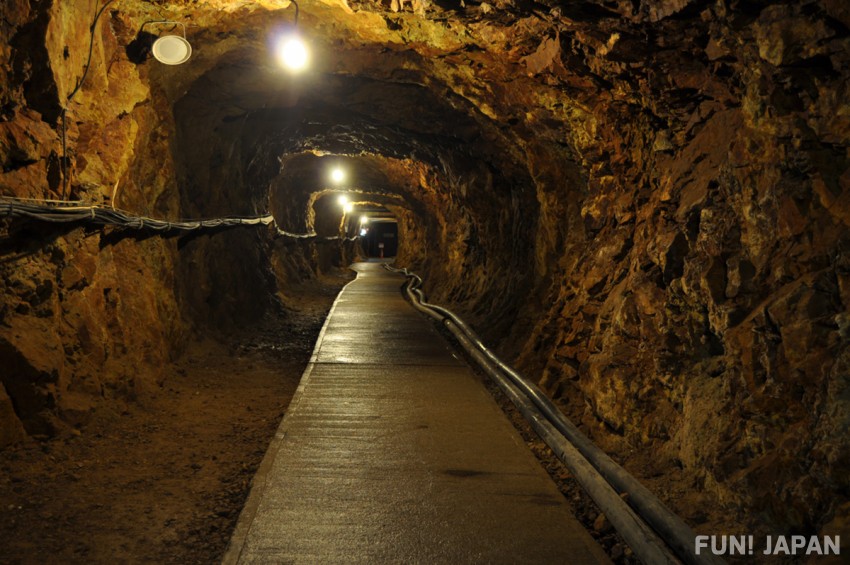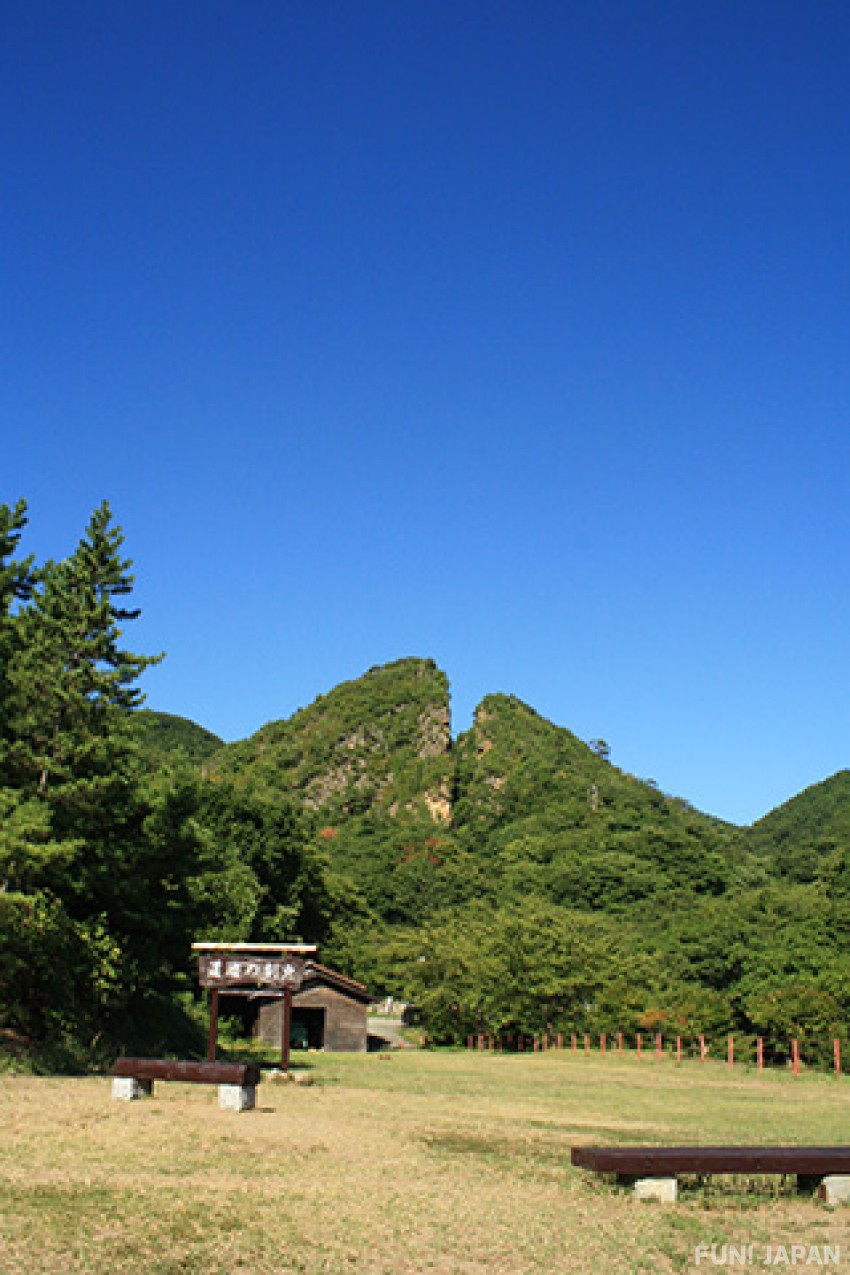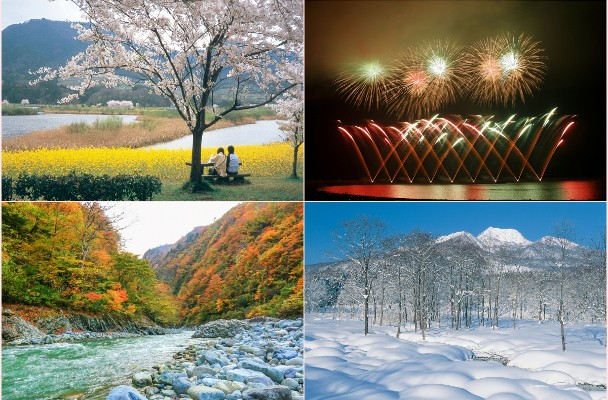
The Sado Gold Mine is an old gold and silver mine site located on Sado Island in Niigata Prefecture. The large site is dotted with the remains of mine tracks, mining facilities and smelting facilities. In addition, it is a valuable historic site that was listed on the UNESCO World Heritage Temporary List in 2010 as the “The Sado Complex of Heritage Mines, Primarily Gold Mines”.
What is the Sado Gold Mine?

The Sado Gold Mine was the largest gold and silver mine in Japan. The gold vein ran about 3,000 meters from east to west, about 600 meters from north to south, and about 800 meters deep. The production of gold and silver is said to have reached 78 tons of gold and 2,330 tons of silver in the nearly 400 years after it opened in 1601.
Things to See and Do at the Sado Gold Mine

The Sado Gold Mine's most popular feature is the chance to go deep underground, down into the tunnels. There are also many other attractions, such as a workshop where you can experience making your own gold-leaf objects, and restaurants that specialize in dishes made with gold dust.
The Sightseeing Courses Into the Tunnels of the Sado Gold Mine

There are two courses in the Sado Gold Mine where you can see the inside of the tunnels: the Edo (Sohdayu Tunnel) Course, and the Meiji (Dohyu Tunnel) Course.
The Edo (Sohdayu Tunnel) Course is a tunnel dug in the early 1600s. The highlight is that the state of the mining at the time is reproduced using full-scale dolls.
On the other hand, the Meiji (Dohyu Tunnel) Course is a tunnel dug in 1899. Here you can see Japan's largest gold mining site and the symbol of the Sado Gold Mine, the “Dohyu no Warito”, where the mountain itself was split in two by the mining operation. The Dohyu no Warito was a site that continued to be mined from the very beginning, all the way to the end of the mining operation. The top of the mountain was divided into a V-shape by the hand mining, and you will be overwhelmed by the spectacular scenery.
The Sado Gold Mine Museum, Where You Can Touch a Gold Bar

The Sado Gold Mine has two material exhibition rooms. In the first exhibition room, the process of making a coin from the mined gold ore is reproduced in an easy-to-understand manner with a diorama. In the second exhibition room, the display of pure gold bars is a must-see. You can actually touch a gold bar, and try to take the bar out from the small hole in the display case!
Try Making Accessories With Gold Leaf or Clay that Turns to Silver

There are two experiences you can try at the workshop. The first is the gold leaf application experience. It is a valuable experience, where you can create a unique piece of work simply by applying gold leaf onto a dish.
The second is an accessory-making experience, with clay that turns silver when baked. All you have to do is fill up one of the various shapes of special molds with silver clay, let them dry, and bake them. Please add these experiences to the memories of your trip!
The Kinzan Tea House: A Restaurant That Specializes in Dishes Made with Gold Dust

You can eat gold itself at the Kinzan Tea House. For example, the “Kinzan Soba” is topped with seaweed containing gold dust, and the “Kinzan Curry” has rice in the shape of the Dohyu no Warito. Otherwise, we recommend the special seafood bowls and "Kinzan Champon", which use fresh fish carefully selected from off the coast of Sado. It's important to note that the special seafood bowl is limited in quantity, so if you are interested, go to the restaurant as early as possible.
The Sado Gold Mine Business Hours and Tickets
The Sado Gold Mine's business hours vary depending on the season. From April to October, the mine is open from 8:00 am to 17:30, and from November to March, 8:30 to 17:00. In either case, last entry is 30 minutes before the end of business. There are no regular holidays, and the mine is open year round.
The tour fees for the Sado Gold Mine run 900 yen per adult, per tour, Edo (Sohdayu Tunnel) Course, and the Meiji (Dohyu Tunnel) Course. If you visit both courses in the same day, you can get a combined ticket for 1,400 yen per adult. (As of September 2019)
Access to the Sado Gold Mine
There are several ways to get to Sado Island, where the Sado Gold Mine is located. Coming from Niigata Port in Niigata City, which has a large number of ferries, is our recommendation. First, go from Niigata Port to Ryotsu Port on Sado Island. It takes about 1 hour 5 minutes by jetfoil (high speed ship) or 2 hours 30 minutes by car ferry. From Ryotsu Port, it takes about 1 hour 10 minutes to the bus stop nearest the Sado Gold Mine by local bus.
Spot information
- Spot name: Sado Gold and Silver Mine
- Street address: 1305 Shimoaikawa, Sado City, Niigata Prefecture 952-1501
- Access: Niigata Station → [Route Bus] approx. 15 minutes → Niigata Port → [Sado Kisen Jetfoil] approx. 1 hour 5 minutes or [Sado Kisen Car Ferry] approx. 2 hours 30 minutes → Ryotsu Port → [Route Bus] approx. 1 hour 10 minutes → Sado Gold Mine
- Wi-Fi:Available(Sado City Free Wi-Fi)
- Language: Pamphlet: English, Chinese/ Guide: English/ Materials Exhibit: Chinese, Korean is supported by QR code
- Ticket Purchase: At entrance
- Credit cards:VISA, MasterCard, JCB, AMERICAN EXPRESS, Diners Club International, Discover, Union Pay



Comments